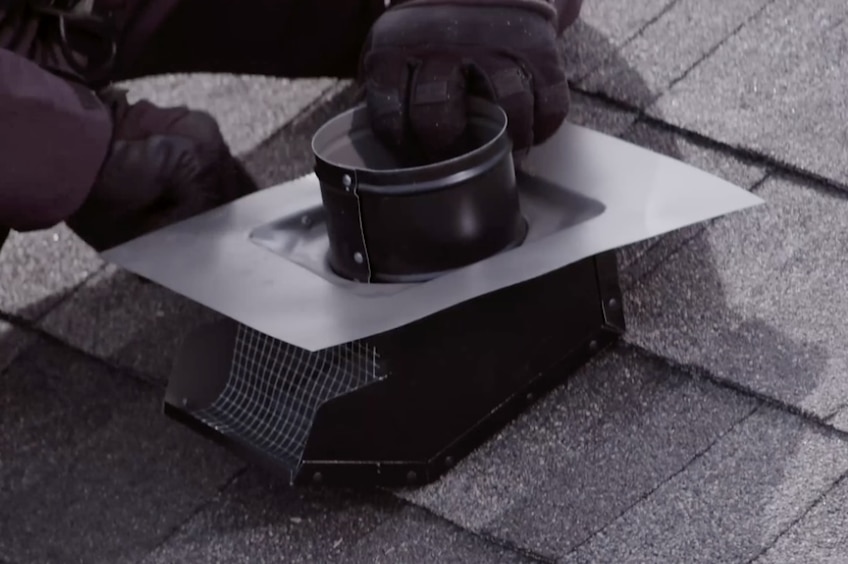How do you pick the right attic vent? The first step is to check out this 60-second video and learn about the 1:300 rule, the difference between intake and exhaust ventilation, and why proper ventilation is so important to get right.
To help calculate your attic ventilation needs, visit GAF Ventilation Calculator.

